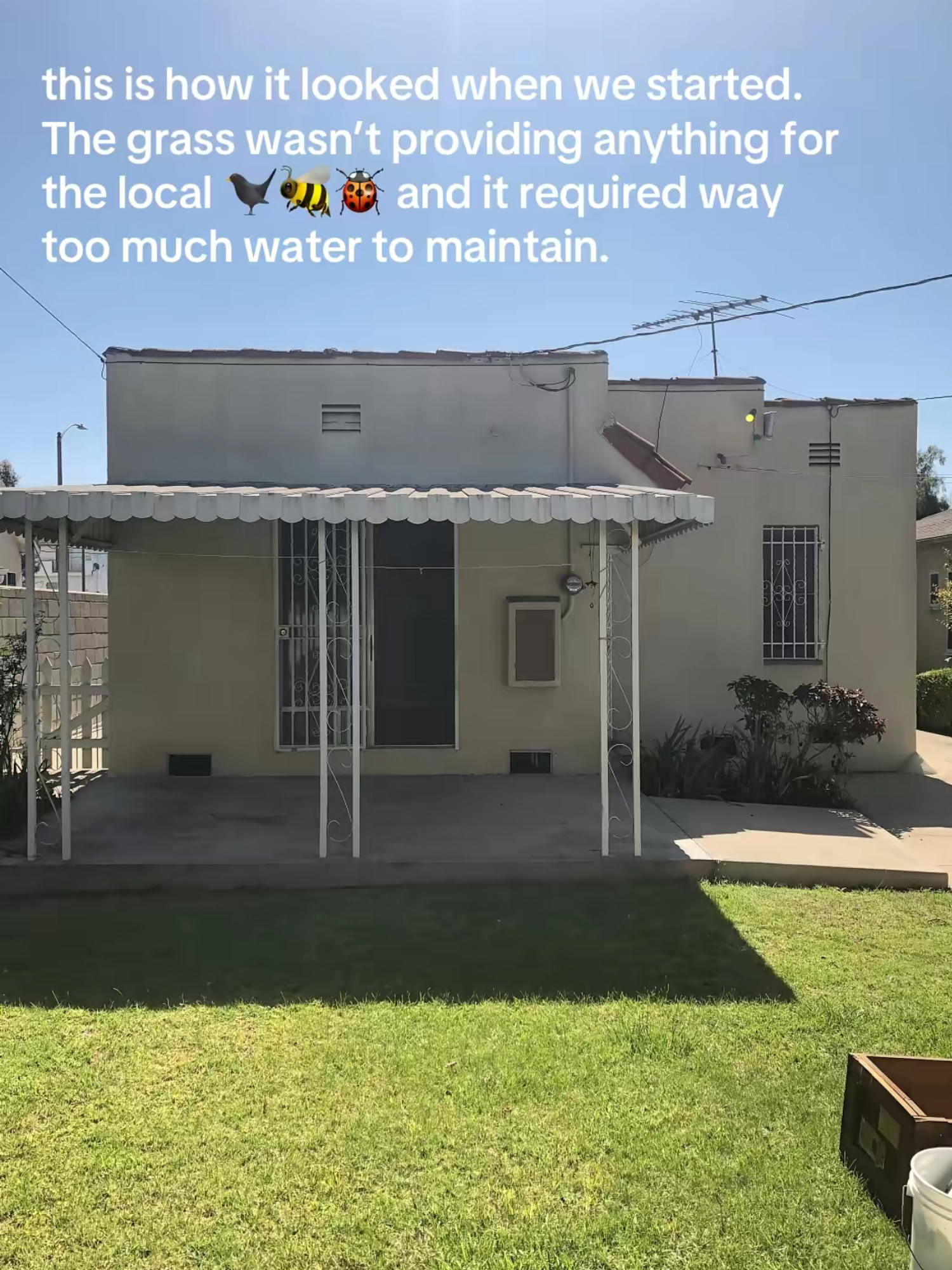600,000 kids could've missed a meal with schools closed. But these teachers had a plan.
Arizona provides less funding for schools than it did in 2008 and is ranked 49th in the country for teacher salary.
After months of rising tensions with state lawmakers over low pay and low funding, teachers walked out of schools April 26, 2018. In the second week of the strike, educators weren't backing down and planned to head to the state capitol to continue arguing for higher funding.
But even in the middle of a protest, teachers had their students' needs in mind.
Photo by Andrew Millett Photography.
"My friends and family believe in properly funding our public schools and making sure kids are affected by the walkout as little as possible," said Rodi Vehr, a first-grade teacher at Longview Elementary in Phoenix.
As teachers were preparing for the strike, they were making plans to help their students, too.
Thousands of city leaders and community members across Arizona were opening their doors to provide free or low-cost child care and meal services for the nearly 850,000 students whose schools were closed due to a statewide educator walkout.
Community members throughout the state worked together to plan meals for the 600,000 students who rely on free or reduced-price school meals. According to Vehr, her friends and family pooled their resources to buy and prepare $1,000 worth of meals for students to take home.
"They [legislators] keep saying that children should never be hungry, and we want to help make sure they aren't," Vehr says.
Elaine Glassman and Abbey Johnson crowdfunded money to provide 90 students with meals. Photo courtesy Elaine Glassman.
Elaine Glassman, a first-grade teacher in the Deer Valley Unified School District, put out a call for food donations on social media and was able to prepare meals for 90 students in the district. Glassman works in a Title I School, a federal designation for schools with a high number of students that come from low-income families.
"Sometimes they don’t even have dinner," Glassman says. "They’ll have breakfast and lunch at school, and then not eat until breakfast the next day."
After the first week of schools closures, her school announced it would open its cafeteria from 11 a.m. until 12:30 p.m. to serve students throughout the duration of the walkout. After it became clear the walkout would extend to at least a second week, most of the state’s 1,794 Title I schools arranged for meals to be available to their students as well.
In addition to meals, community organizations are finding ways to provide child care services to keep kids engaged and safe during school hours.
Photo courtesy YMCA Valley of the Sun, used with permission.
Peyton Tune, the chief operating officer for the YMCA Valley of the Sun, announced that its facilities would extend their daycare hours and reduce their prices until the end of the walkout.
"Nobody will be turned away based on an inability to pay," Tune says.
Photo courtesy YMCA Valley of the Sun, used with permission.
Arizona is far from alone in the ongoing battle for education funding.
Teachers in West Virginia were the first to strike this year, and their success — a 5% raise for all teachers in the state — inspired educators in Oklahoma (which secured a funding raise, too) Colorado, and Arizona to follow suit. The recent strikes are emblematic of America's larger issues with how it funds schools and how students and teachers lose when that funding isn't enough.
While they’ve expressed how much they miss teaching and working with their students, Glassman and Vehr say they’re committed to walk out of their schools and proudly wear their #RedForEd until their schools receive funding.
Until that happens, they have one message for students, families, and fellow educators: Stay strong.
Photo by Jeisenia Estrada.





 This is a teacher who cares.
This is a teacher who cares.  Halloween costume, check.
Halloween costume, check.  Wealth Inequality is a rampant problem.
Photo by
Wealth Inequality is a rampant problem.
Photo by  Summer Fall GIF by Mark Rober
Summer Fall GIF by Mark Rober Raining Stick Figure GIF by State Champs
Raining Stick Figure GIF by State Champs Where we started.
Where we started. Paradise in the backyard
Paradise in the backyard Welcome to Whelan Design House.
Welcome to Whelan Design House. Beauty is possible!
Beauty is possible! Dads are gonna be dads.
Dads are gonna be dads.